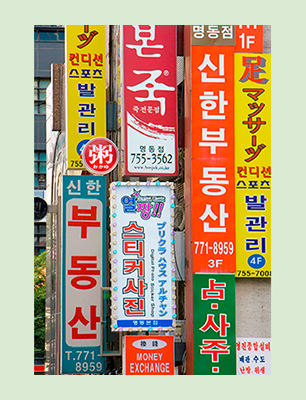Introduction to Korea
Introduction to
Korea
The Korean peninsula is a tantalizingly unexplored slice of East Asia - a pine-clad land of mountains, misty archipelagos and rice paddies of emerald green, studded with urban pockets of incomparable joie de vivre . While its troubled history has made Korea's very existence nothing short of miraculous, amazingly its traditions and customs have largely survived intact - and for visitors, this highly distinctive culture is an absolute joy to dive into.
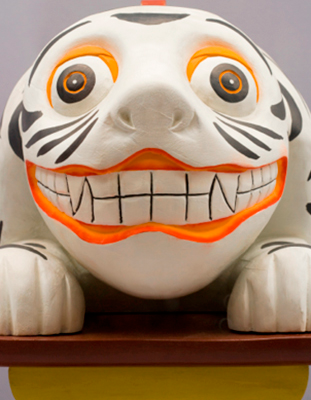
Having gone their separate ways in 1953 after the catastrophic Korean War - essentially a civil war, but one largely brought about by external forces, which left millions dead and flattened almost the whole peninsula - the two Koreas are now separated by the spiky twin frontiers of the Demilitarized Zone. North Korea has armed itself to the teeth since 1953, stagnated in its pursuit of a local brand of Communism and become one of the least accessible countries in the world. Unbelievably, many foreigners seem to expect something similar of South Korea , which shows just how well kept a secret this fascinating place really is: beyond the glittering city of Seoul, gimchi , dog meat and taekwondo , little is known about the country in the outside world (and in actual fact, one of those four has largely gone the way of the dodo anyway).
After the war, the South gradually embraced democracy and has since gone on to become a powerful and dynamic economy. Its cities are a pulsating feast of eye-searing neon, feverish activity and round-the-clock business. Here you can shop till you drop at markets that never close, feast on eye-wateringly spicy food, get giddy on a bottle or two of soju , then sweat out the day's exertions at a night-time sauna. However, set foot outside the urban centres and your mere presence will cause quite a stir - in the remote rural areas life continues much as it did before the "Economic Miracle" of the 1970s, and pockets of islands exist where no foreigner has ever set foot.
Fact file
 The Korean peninsula is split in two by the 4km-wide Demilitarized Zone (DMZ), sharing borders with China and - for about 20km, south of Vladivostok - Russia. These frontiers form a northern boundary with North Korea - the "Democratic People's Republic of Korea" - whose population of around 24 million live in an area half the size of the United Kingdom. Slightly smaller South Korea , also known as the "Republic of Korea", has a population of 49 million, making it the world's 26th most populous country.
The Korean peninsula is split in two by the 4km-wide Demilitarized Zone (DMZ), sharing borders with China and - for about 20km, south of Vladivostok - Russia. These frontiers form a northern boundary with North Korea - the "Democratic People's Republic of Korea" - whose population of around 24 million live in an area half the size of the United Kingdom. Slightly smaller South Korea , also known as the "Republic of Korea", has a population of 49 million, making it the world's 26th most populous country.
 Ethnic Koreans dominate the populations of both countries, making them two of the most ethnically homogenous societies on earth. Before splitting, both were traditionally Buddhist nations - though deeply steeped in Confucianism and shamanistic ritual. Since then the North has followed Juche, a local brand of Communism, while in the South Christianity has become the most popular religion.
Ethnic Koreans dominate the populations of both countries, making them two of the most ethnically homogenous societies on earth. Before splitting, both were traditionally Buddhist nations - though deeply steeped in Confucianism and shamanistic ritual. Since then the North has followed Juche, a local brand of Communism, while in the South Christianity has become the most popular religion.
 Before the Japanese occupation in 1910, the Silla, Goryeo and Joseon dynasties were ruled over by an unbroken run of 116 monarchs , dating back to 57 BC.
Before the Japanese occupation in 1910, the Silla, Goryeo and Joseon dynasties were ruled over by an unbroken run of 116 monarchs , dating back to 57 BC.
 The economies of South and North Korea were almost equal in size until the mid-1970s. The "Economic Miracle" that followed in the South has propelled it to the cusp of the world's top ten economies, while the North languishes just above 100th place.
The economies of South and North Korea were almost equal in size until the mid-1970s. The "Economic Miracle" that followed in the South has propelled it to the cusp of the world's top ten economies, while the North languishes just above 100th place.
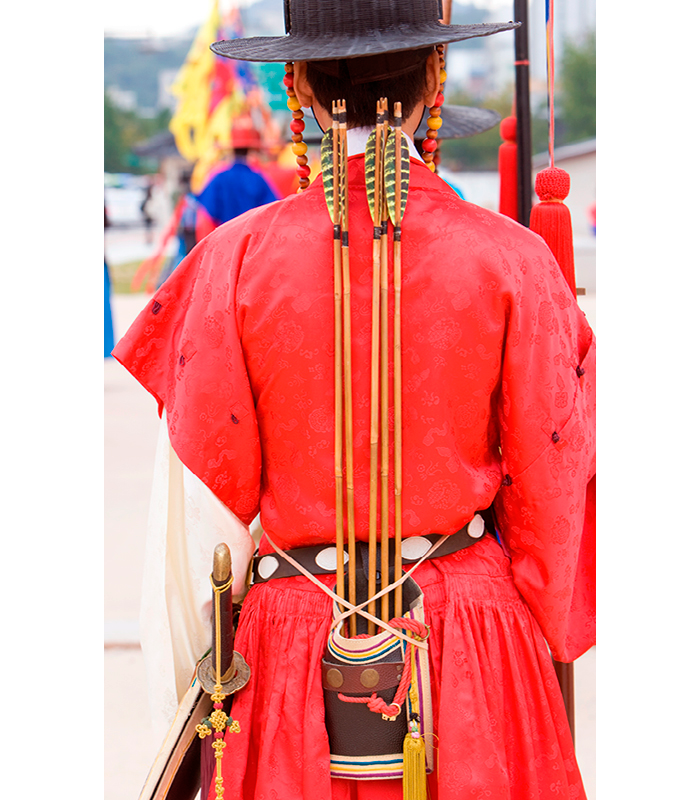
Ceremonial guard, Gyeongbokgung, Seoul
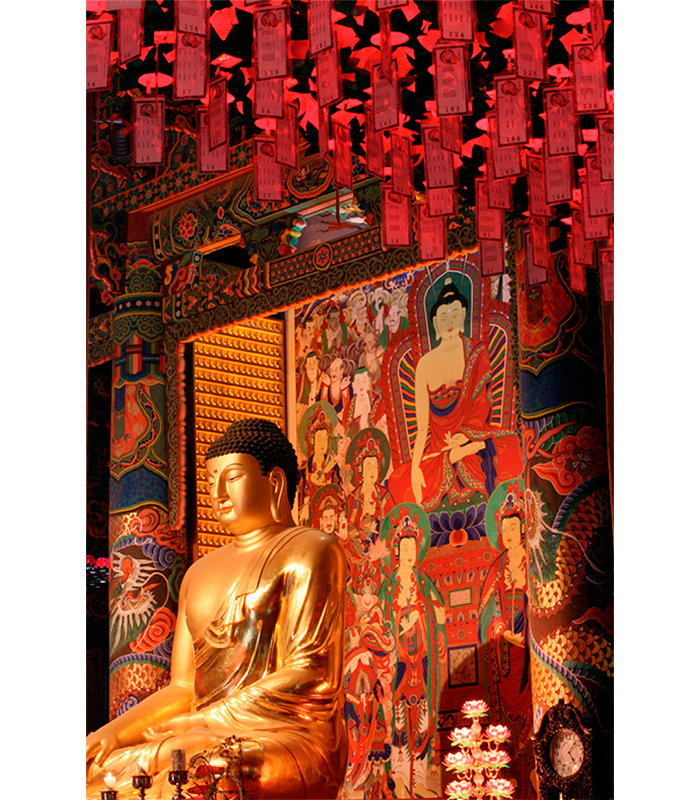
Woljeongsa temple, Odaesan National Park
And for all its newfound prosperity, the South remains a land steeped in tradition . Before being abruptly choked off by the Japanese occupation in 1910, an unbroken line of more than one hundred kings existed for almost two thousand years - their grassy burial mounds have yielded thousands of golden relics - and even the capital, Seoul, has a number of palaces dating back to the fourteenth century. The wooden hanok housing of decades gone by may have largely given way to rows of apartment blocks, but these traditional dwellings can still be found in places, and you'll never be more than a walk away from an immaculately painted Buddhist temple . Meanwhile, Confucian-style formal ceremonies continue to play an important part in local life, and some mountains still even host shamanistic rituals.
As for the Korean people themselves, they are a real delight: fiercely proud, and with a character almost as spicy as their food, they're markedly eager to please foreigners who come to live or holiday in their country. Within hours of arriving, you may well find yourself with new friends in tow, racing up a mountainside, lunching over a delicious barbequed galbi , throwing back makkeolli until dawn, or singing the night away at a noraebang . Few travellers leave without tales of the kindness of Korean strangers, and all of them wonder why the country isn't a more popular stop on the international travel circuit.
The creation of hangeul
One thing that will strike you on a trip around Korea is hangeul , the peninsula's distinctive, almost Tetris-like alphabet. Amazingly, this was a royal creation, having been the brainchild of King Sejong in the 1440s. Most of this creative king's subjects were unable to read the Chinese script used across the land at the time, so he devised a system that would be easier for ordinary people to learn. Sejong was forced to do much of his work in secret, as the plan did not go down well with the yangban - Confucian scholars who were even more powerful than the royalty at the time. As the only truly educated members of society, the yangban argued fiercely against the change in an effort to maintain their monopoly over knowledge.
Hangeul experienced periodic bursts of popularity, but was almost erased entirely by the Japanese during their occupation of the peninsula (1910-45). However, it's now the official writing system in both North and South Korea, as well as a small autonomous Korean pocket in the Chinese province of Jilin; it's also used in Bau-Bau, a small town in Indonesia.
The alphabet, while it appears complex, is surprisingly easy to learn , and demonstrating that you can read even a handful of simple words will generate gasps of admiration across Korea. Just a few hours of hard study should suffice.
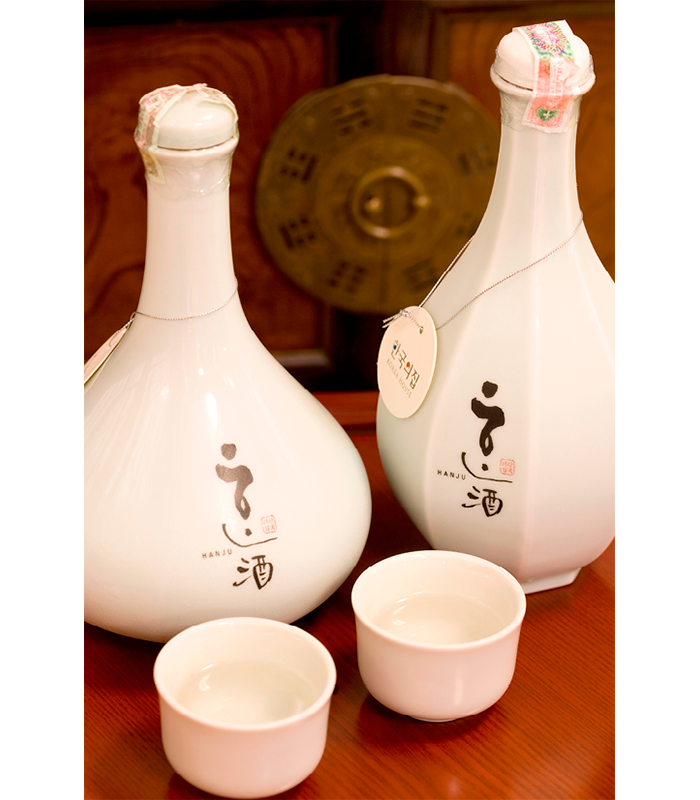
Rice wine

Jeongbang waterfall, Seogwipu, Jeju Island
Where to go
K orea is still something of an unknown territory, and more than half of all its visitors get no further than Seoul . One of the largest and most technically advanced cities in the world, the capital regularly confounds expectations by proving itself steeped in history. Here, fourteenth-century palaces, imperial gardens, teeming markets and secluded tearooms continue to exude charm among a maze of skyscrapers and shopping malls. From Seoul, anywhere in the country is reachable within a day, but the best day-trip by far is to the DMZ , the strip of land that separates the two Koreas from coast to coast.

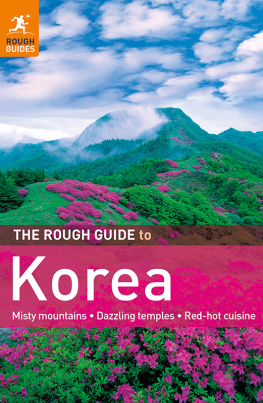



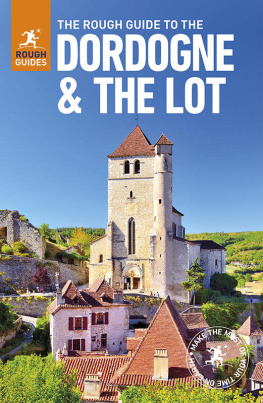
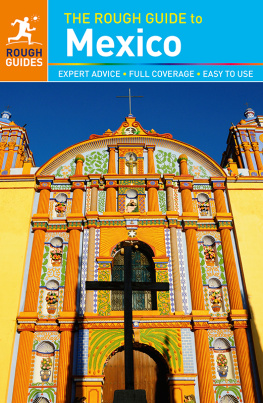
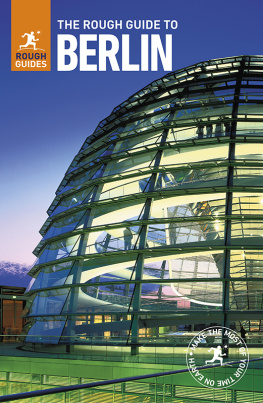

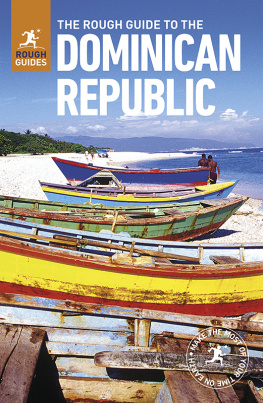
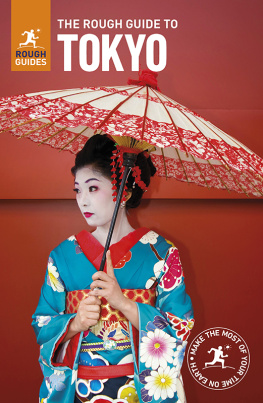
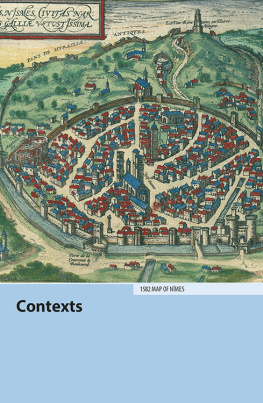

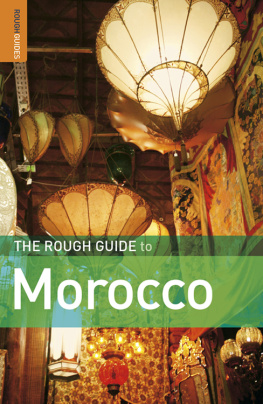


 The Korean peninsula is split in two by the 4km-wide Demilitarized Zone (DMZ), sharing borders with China and - for about 20km, south of Vladivostok - Russia. These frontiers form a northern boundary with North Korea - the "Democratic People's Republic of Korea" - whose population of around 24 million live in an area half the size of the United Kingdom. Slightly smaller South Korea , also known as the "Republic of Korea", has a population of 49 million, making it the world's 26th most populous country.
The Korean peninsula is split in two by the 4km-wide Demilitarized Zone (DMZ), sharing borders with China and - for about 20km, south of Vladivostok - Russia. These frontiers form a northern boundary with North Korea - the "Democratic People's Republic of Korea" - whose population of around 24 million live in an area half the size of the United Kingdom. Slightly smaller South Korea , also known as the "Republic of Korea", has a population of 49 million, making it the world's 26th most populous country. Ethnic Koreans dominate the populations of both countries, making them two of the most ethnically homogenous societies on earth. Before splitting, both were traditionally Buddhist nations - though deeply steeped in Confucianism and shamanistic ritual. Since then the North has followed Juche, a local brand of Communism, while in the South Christianity has become the most popular religion.
Ethnic Koreans dominate the populations of both countries, making them two of the most ethnically homogenous societies on earth. Before splitting, both were traditionally Buddhist nations - though deeply steeped in Confucianism and shamanistic ritual. Since then the North has followed Juche, a local brand of Communism, while in the South Christianity has become the most popular religion. Before the Japanese occupation in 1910, the Silla, Goryeo and Joseon dynasties were ruled over by an unbroken run of 116 monarchs , dating back to 57 BC.
Before the Japanese occupation in 1910, the Silla, Goryeo and Joseon dynasties were ruled over by an unbroken run of 116 monarchs , dating back to 57 BC. The economies of South and North Korea were almost equal in size until the mid-1970s. The "Economic Miracle" that followed in the South has propelled it to the cusp of the world's top ten economies, while the North languishes just above 100th place.
The economies of South and North Korea were almost equal in size until the mid-1970s. The "Economic Miracle" that followed in the South has propelled it to the cusp of the world's top ten economies, while the North languishes just above 100th place.

